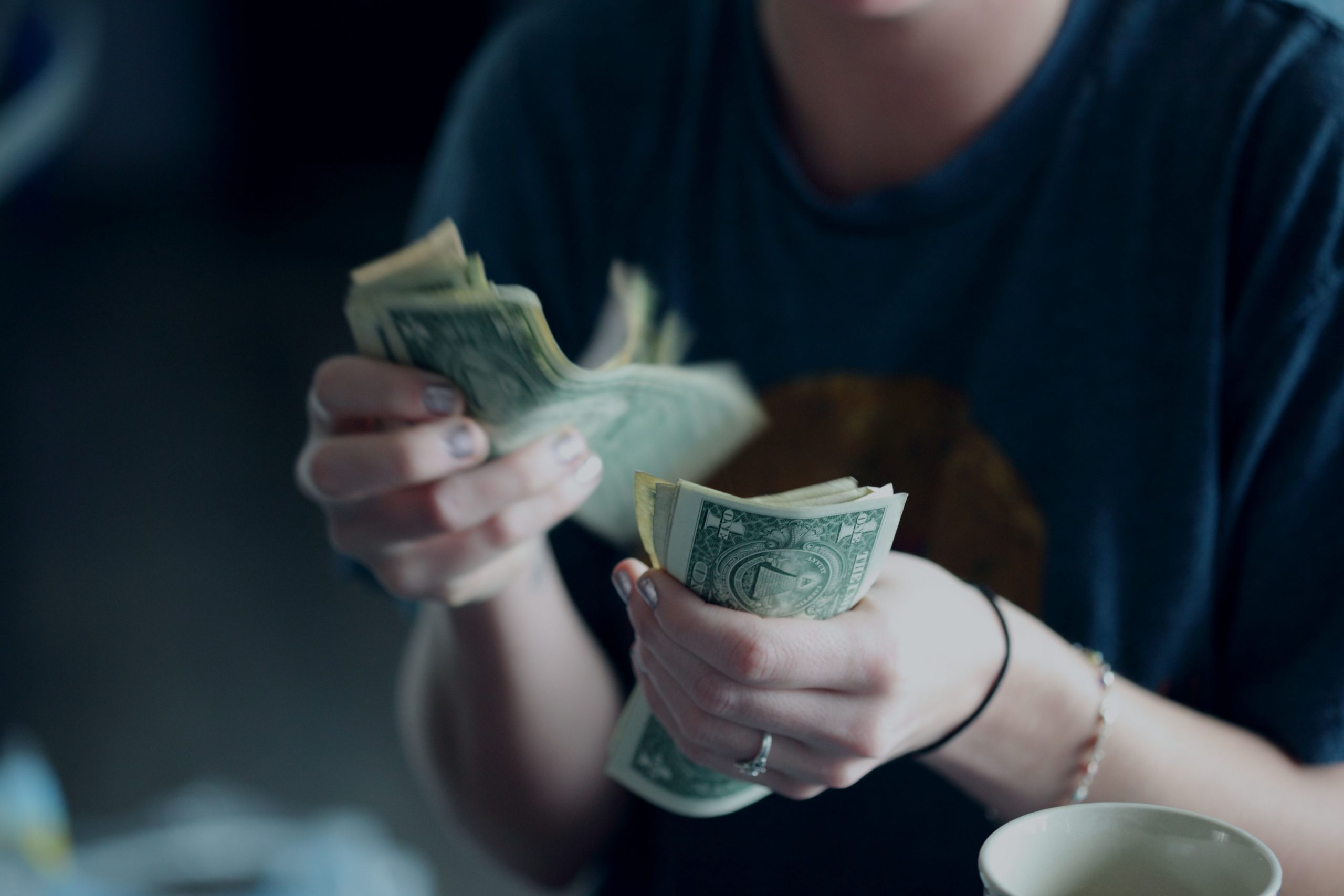The US Federal Reserve takes the decision of raising or lowering the cost of borrowing money. The central bank’s rate-setting Federal Open Market Committee (FOMC) is charged with making those decisions, typically at eight meetings a year. The Fed looks at a broad range of economic factors, mostly to analyze what’s happening with employment and inflation.
Also Read | US Fed meeting: When and where to watch the FOMC press conference
When the Fed wants to prompt growth, officials may lower interest rates. This action incentivizes businesses to invest and hire more, leading to an increase in consumer spending.
On the contrary, when inflation is high or the economy looks like it may be overheating, the Fed may decide to raise rates, causing employers and consumers to press the brakes on their financial decisions.
Also Read | Biden fights talk of recession as key economic report looms
Here are five ways that you can expect the Fed rate hike to impact your wallet:
Credit Cards
Since most credit cards have a variable rate, they are directly linked to the Fed’s benchmark rates. Whenever the federal funds rate rises, the prime rate also rises, and credit card rates follow. Annual percentage rates are currently at 17.13%, on average, but could be around 19% by the year-end, which would be an all-time record, said Ted Rossman, a senior industry analyst at CreditCards .com. Therefore, anyone who carries a balance on their credit card will soon have to shell out even more just to cover the interest charges.
Also Read | The 2008 market crash: Inside the doomsday machine and a brief history
Mortgage Rates
Adjustable-rate mortgages and home equity lines of credit are also linked to the prime rate. Since the 15-year and 30-year rates are fixed and tied to Treasury yields and the economy, homeowners won’t be affected immediately by an interest rate hike. However, anyone planning to purchase a new home can expect to pay more for their next home loan.
Also Read | US economy sending mixed signals: Here’s what it all means
Car Loans
For anyone planning to buy a new car in the upcoming few months, the Fed’s rate hike could push up the average interest rate on a new car above 5%. An annual percentage rate of 5% instead of 4% would cost consumers $1,324 more in interest over a 72-month loan for $40,000, according to data from Edmunds, a car-shopping website.
Also Read | Where to invest during high inflation?
Student loans
The interest rate on federal student loans for the academic year 2022-23 rose to 4.99%, up from significantly 3.73% in 2021-22 and 2.75% in 2020-21. This rate won’t change until next summer: Congress sets the rate for federal student loans each May for the upcoming academic year based on the 10-year Treasury rate. The new rate takes effect in July.
Private student loans may have a fixed rate or a variable one linked to the Libor, prime, or Treasury bill rates – meaning that as the Fed increases rates, those borrowers will also pay more interest. However, the amount varies with the benchmark.
Also Read | Why is the US Fed Reserve hiking interest rates?
Savings account
The interest rates on savings accounts are increasing after consecutive rate hikes. People will need to use this cushion as the prices continue to increase, according to Nela Richardson, a chief economist at payroll processor ADP. “Now is the time for households to prepare,” she added. “And maximizing that savings, if possible, is one of the best ways to do it.”
Also Read | How to survive a market crash
As a result of lower overhead expenses, top-yielding online savings account rates are now hovering between 1.75% and 2%, which is much higher than traditional bank rates. Still, any income less than the rate of inflation is losing purchasing power over time. Earning 2% doesn’t hold much significance when inflation is at 9%.







